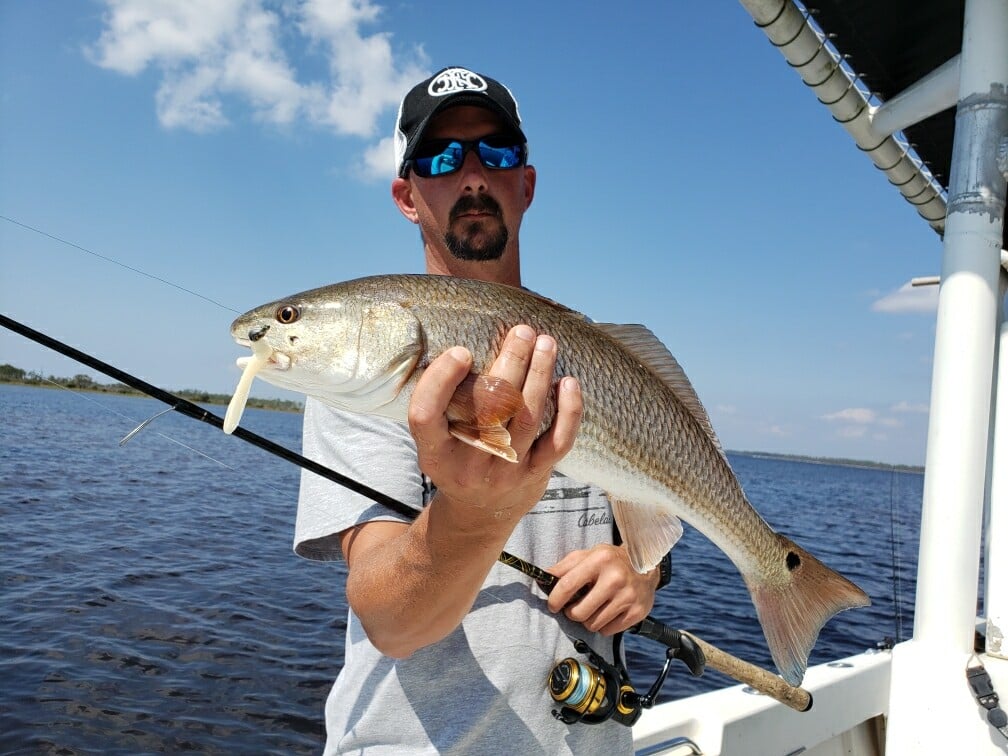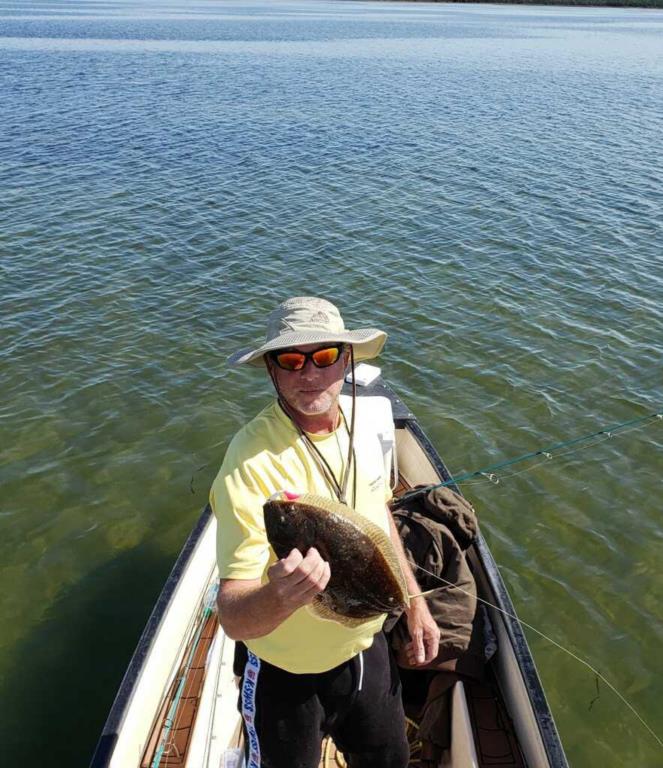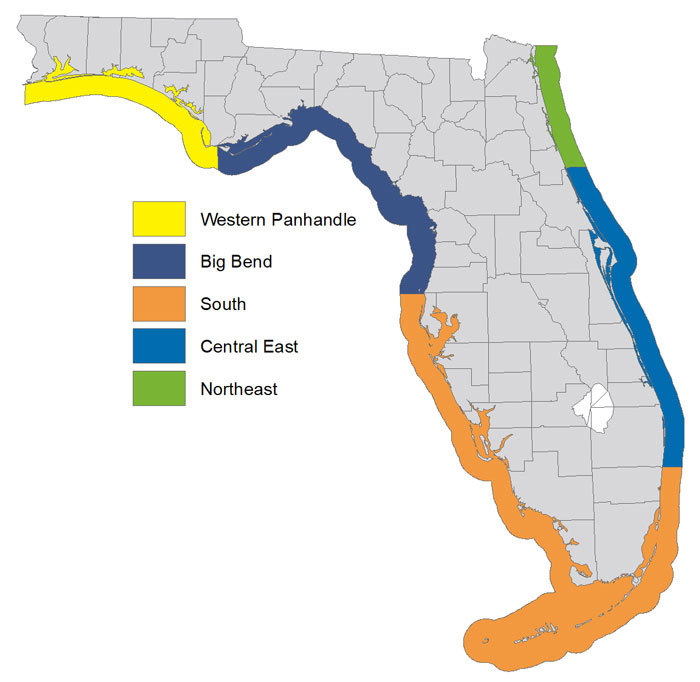By Capt. Nathan Chennaux

The much anticipated arrival of cooler temperatures has kicked off some really fantastic fishing. In the shallows the speckled trout fishing has turned on in a big way. Early to mid mornings have been on fire using Skitter-Walks and other top-water and suspending plugs. Look for areas with water depths between 2 and 5 feet with a good mix of grass and sand. The edges around the mouths of bayous and creeks have been great congregation areas for lower slot sized fish. Other productive areas are grassy points with sandy drop-offs and potholes. The bigger fish tend to hang out in slightly shallower water, mixed in or near mullet and redfish schools. While I take pride in being able to spot the bigger fish and make casts to them, it is much easier to catch the big trout from a distance. Making long casts with a plug, jig, or a 5 inch finger mullet will give you a good chance at success.

With the amazing water clarity and abundance of cruising fish, sight-fishing for redfish has been a lot of fun and very productive. I have had great success on both high and low tides, the only real difference being where I look for the fish and how they tend to act. On low tides you tend to see more fish tailing and crawling in the shallows searching out shrimp and crabs. Obviously you will need a boat that will allow you to quietly get in close enough to the fish to present to them and our Towee Calusa allows us to do just that. On higher tides its typical to find groups of fish cruising sand bars and grass flats along the shore-line and/or laying up in potholes. If the tide is falling and running hard its common to find the fish stacked up on points, marsh fingers, creek mouths, or anywhere else that water is flowing into the bay from. Jigs, spoons, plugs, and various live baits are all effective ways to get redfish to eat.

The flounder bite has started to pick up in the shallows although I cannot speak for the inlets as I have not been out there or heard any reports. I have however caught some really nice fish in shallow potholes and on sandbars on the outside of grass flats. The fish seem to be on the move so I would expect that the inlets woulds start to see flounder congregating and moving out toward the gulf. I like to use soft plastics on a jig head if fishing for them in water less that about 15 feet. After that it tends to be easier to fish them with live baits like finder mullet, pilchards, or bull minnows.
Good luck and as always if you have additional questions about what's biting, how to catch them, or you would like to book a trip I encourage you to give me a call or shoot me an email.
Capt. Nathan Chennaux
(850) 258-7235
Captainnate@baycountyoutdoors.com
@BCO_captainnate

